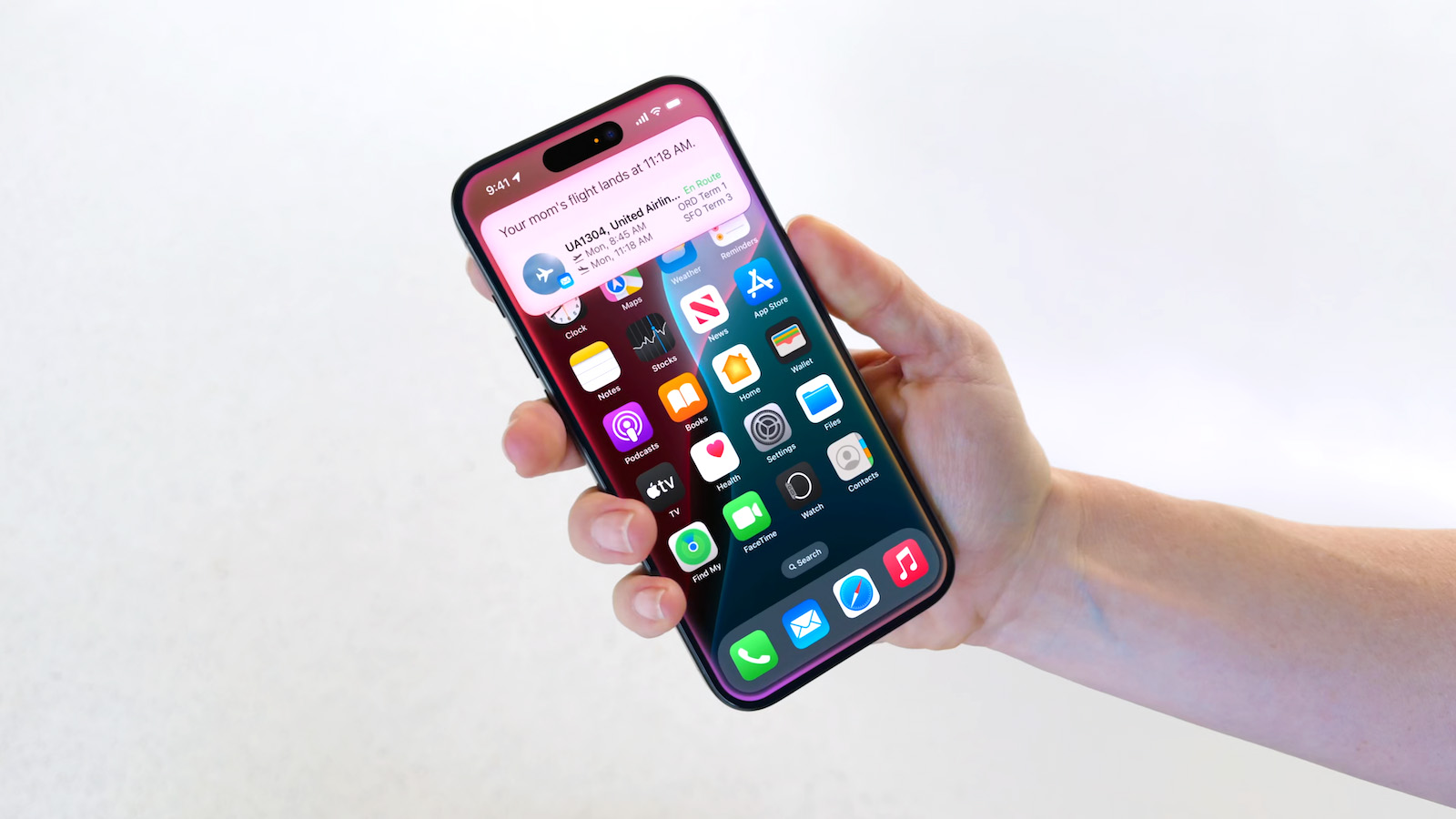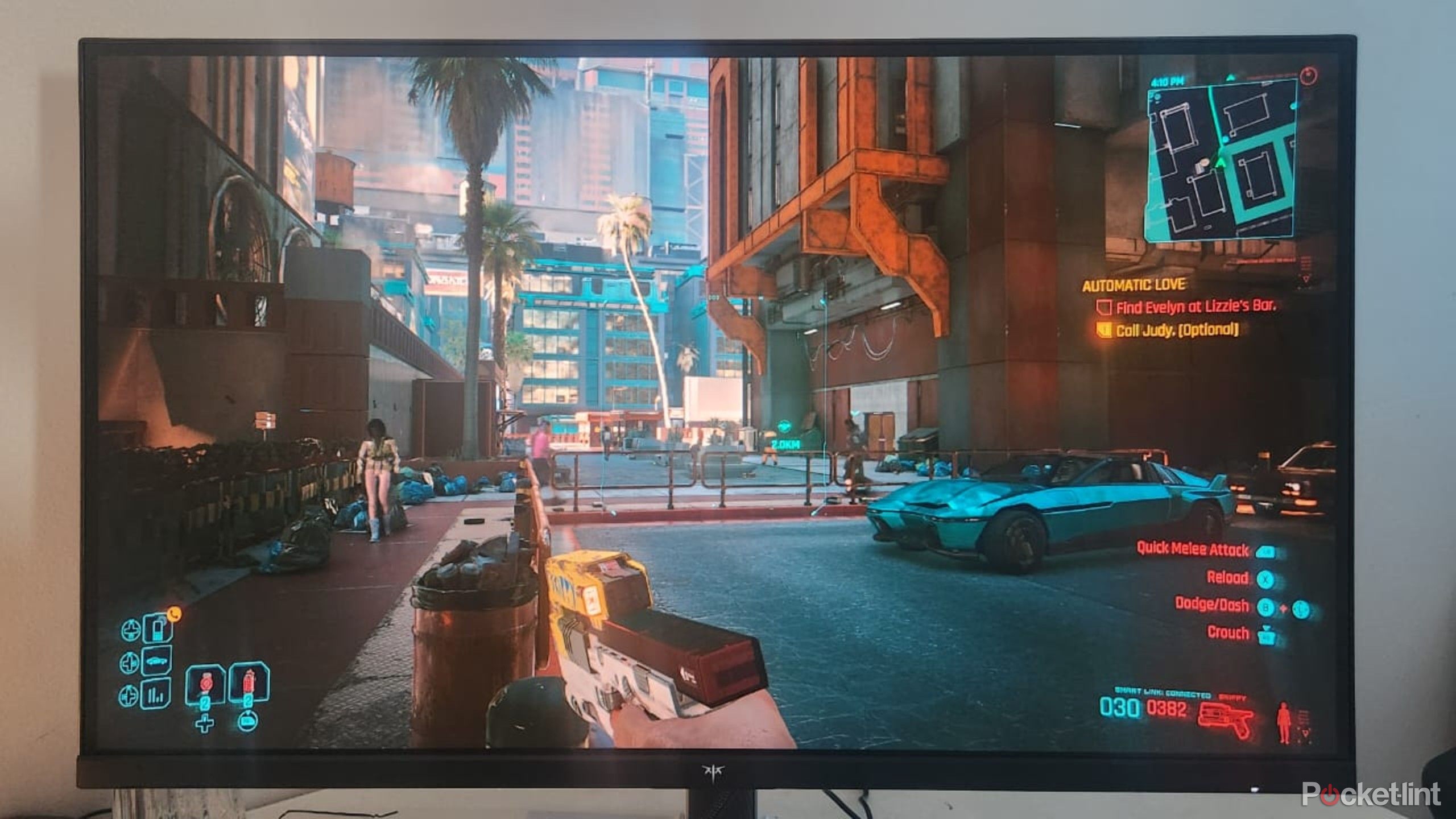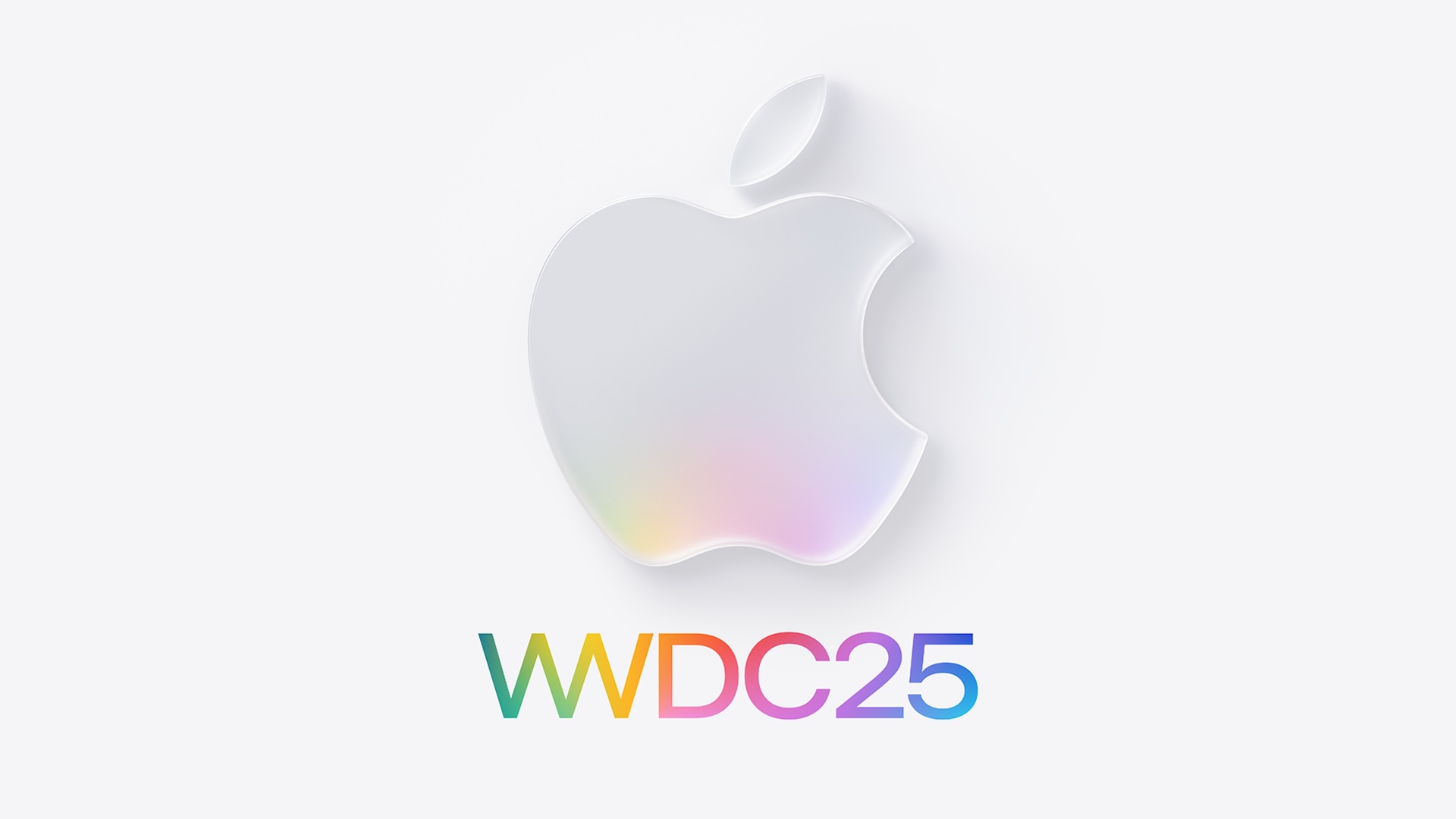Microsoft Pushes Into Future With Holographic Glasses

Microsoft Corp. (MSFT) Chief Executive Officer Satya Nadella needed to show the world the role of Windows in the future. He sure took the future part seriously.
At a preview of its Windows 10 operating system, the software maker unveiled a version called Windows Holographic, along with a headset with glasses called HoloLens that will let users see holograms while tracks a user’s voice, motion and surroundings. The company also showed HoloStudio, software for creating holograms, then 3-D printing and sharing them.
Microsoft said it’s working with NASA’s Jet Propulsion Laboratory at the California Institute of Technology on the holographic technology, and the lab will use it for Mars exploration starting in July.
“It’s a huge surprise and certainly a risk trying to bring this sort of technology down to consumers,” said Michael Silver, an analyst at Gartner Inc., who attended Wednesday’s demonstration. “But this is Microsoft finally showing some vision, which has been lacking for a long, long time.”
The world’s largest software maker is the latest company to join the push into augmented and virtual reality. Qualcomm Inc. and Intel Corp. are among companies that in the past year have demonstrated technology aimed at enabling computers, tablets and phones to show users a picture of the world overlaid with digital images and information. Facebook (FB) Inc. made a $2 billion bet on virtual reality last year with its purchase of Oculus VR Inc.
Architects, Surgeons
The HoloLens consists of dark glasses with a silver band that goes around the user’s head. It features a new chip designed by Microsoft that processes the wearer’s voice, gestures and information from the headset’s surroundings.
Using Microsoft’s new holographic tools, architects could walk around their designs while clients are viewing it remotely, said Alex Kipman, a technical fellow in Microsoft’s operating system group. A surgeon could learn a procedure without ever picking up a scalpel.
“In software, nothing is impossible,” Kipman said. “Holographic computing enabled by Windows 10 is here.”
Kipman said Microsoft has been building the holographic technology for years, hidden in plain sight in the bowels of the company’s visitor center in Redmond, Washington. The HoloLens glasses will be available “in the Windows 10 time frame,” he said.
For controls, the user’s gaze replaces the cursor, and a tap in the air with a raised index finger equals a mouse click.
Virtual Building
Microsoft showed a demo in which an employee wore the headset and created a quad-copter design while clicking and tapping in the air. A screen showed what she could see in front of her. A concept video also showed how holographs can be used for creating work-project models and for playing Minecraft, a video game where players build virtual worlds.
In a press demonstration of the Minecraft app, users could blast through a room’s walls and coffee tables to reveal lava and caves behind and underneath.
The app being used by NASA takes the images sent back by the Mars Curiosity Rover and stitches them into a holographic space where the user can explore, pin points of interest and direct the rover’s high-resolution camera. Scientific experiments can be planned in the virtual space with another scientist, who appears as a gold figure that resembles a holographic Oscar statuette.
A Skype videoconferencing app lets a tablet user, for example, conduct a call in which they draw instructions and demonstrations into another user’s holographic space. Microsoft showed off the app by teaching reporters wearing the HoloLens how to install a light switch.
Real World
Augmented reality differs from virtual reality in that AR projects virtual images onto pictures or video of the real world. Virtual reality is completely computer-generated.
Examples of the kind of things technology companies expect to become commonplace through augmented reality in the future include customers taking a picture of a sofa in a store, then seeing how it looks overlaid on an image of their living room, and getting driving directions in the form of arrows and signs that appear to be on the road.
On the virtual reality side, social network Facebook acquired startup Oculus for its headset that immerses people in the virtual experience. Facebook CEO Mark Zuckerberg has said virtual reality can be the next major method for communicating and interacting with the world, after mobile devices.
Google Inc., which has run into challenges promoting its Glass connected eyewear to consumers, has made some other efforts toward letting devices interact with their surroundings. Last year, Google introduced an effort dubbed Project Tango to advance 3-D technology, using mobile gear to show off its potential. The Internet search giant also invested in Magic Leap Inc., a startup specializing in computing and graphics that simulate reality.
Home, Workplace
Microsoft chief marketing officer Chris Capossela said Microsoft’s approach is different from something like Google Glass.
“The scenarios we’re looking at are more in the home and in the workplace,” he said. Microsoft will see what kinds of applications developers write for the holographic tools, though the focus isn’t on social and outdoor scenarios, where Glass was focused.
Kipman started work on the holographic technology right after he wrapped up work on the last version of Microsoft’s Kinect motion-capture device three or four years ago, and started initially with a team of tens of engineers, Windows Chief Terry Myerson said. In the past six months, much of the entire Windows team of thousands have been working on the holographic efforts, he said.
“It’s the best device in its class that I’ve seen outside of military and medical-grade devices,” said Brian Blau, another Gartner analyst at the event who tried the device.
SOURCE:-bloomberg







